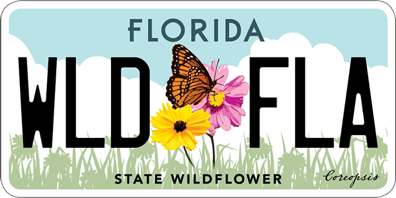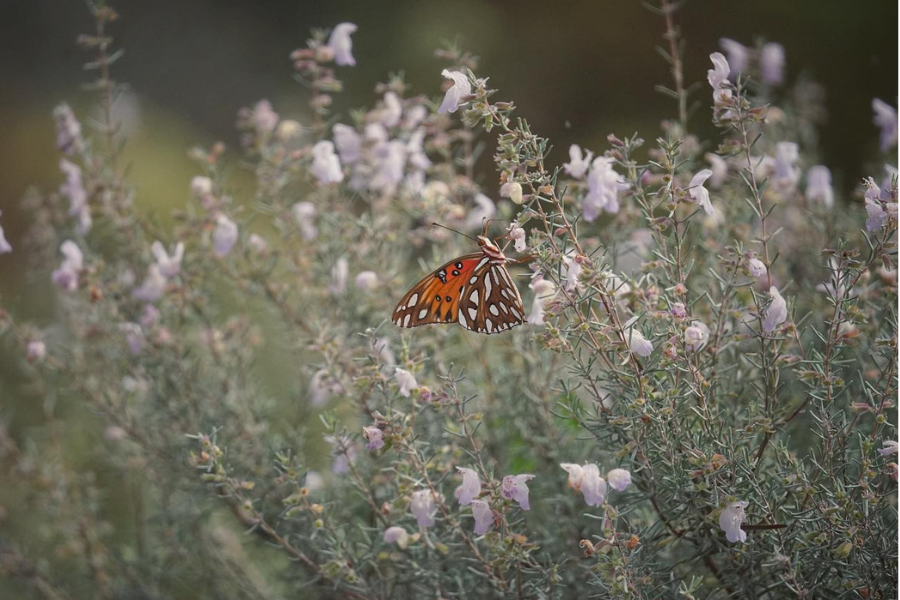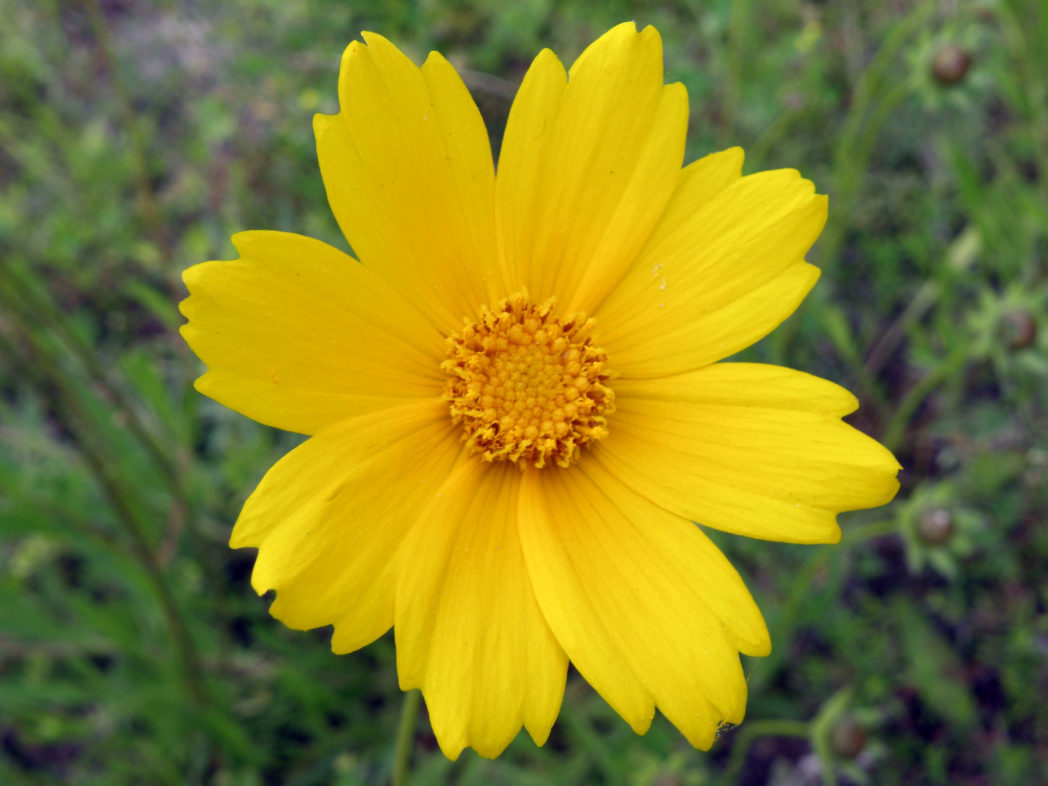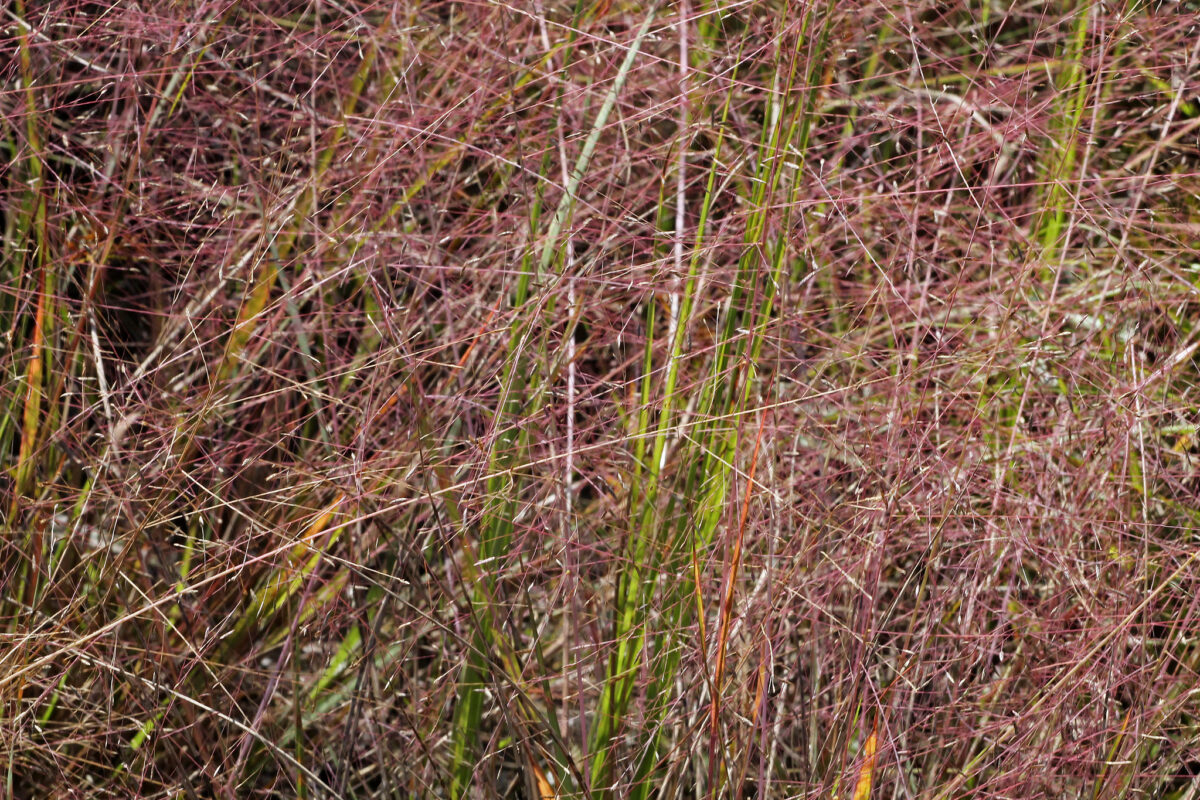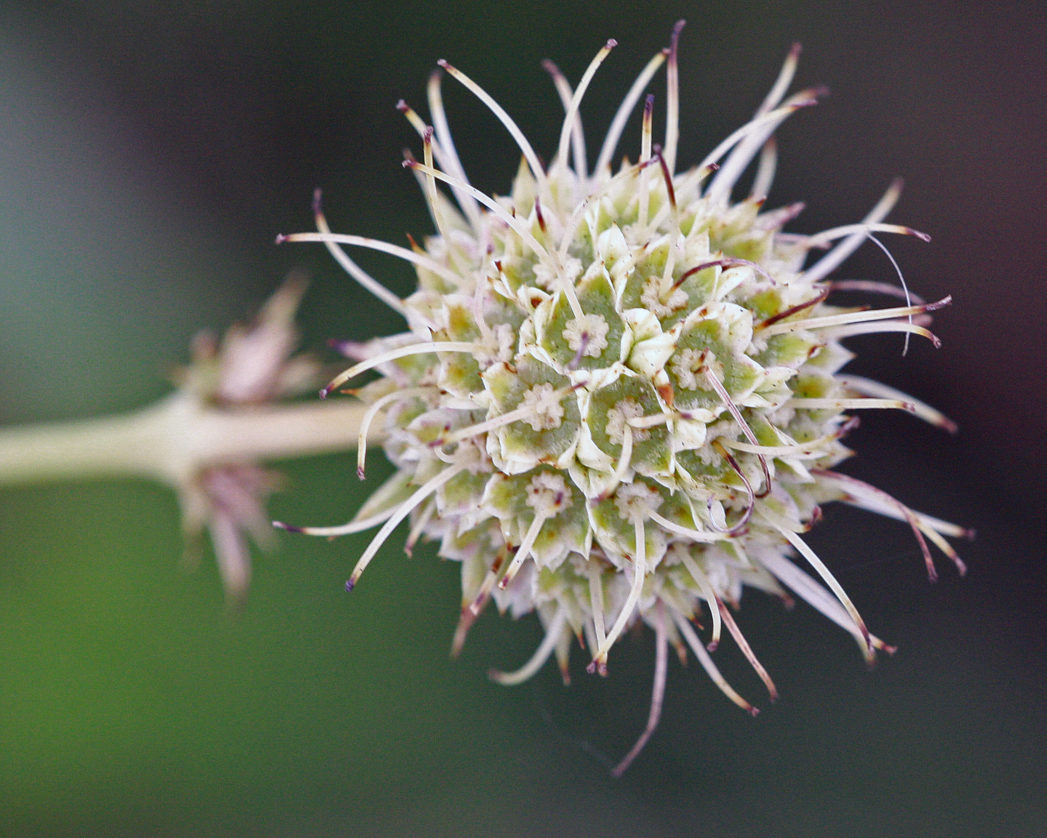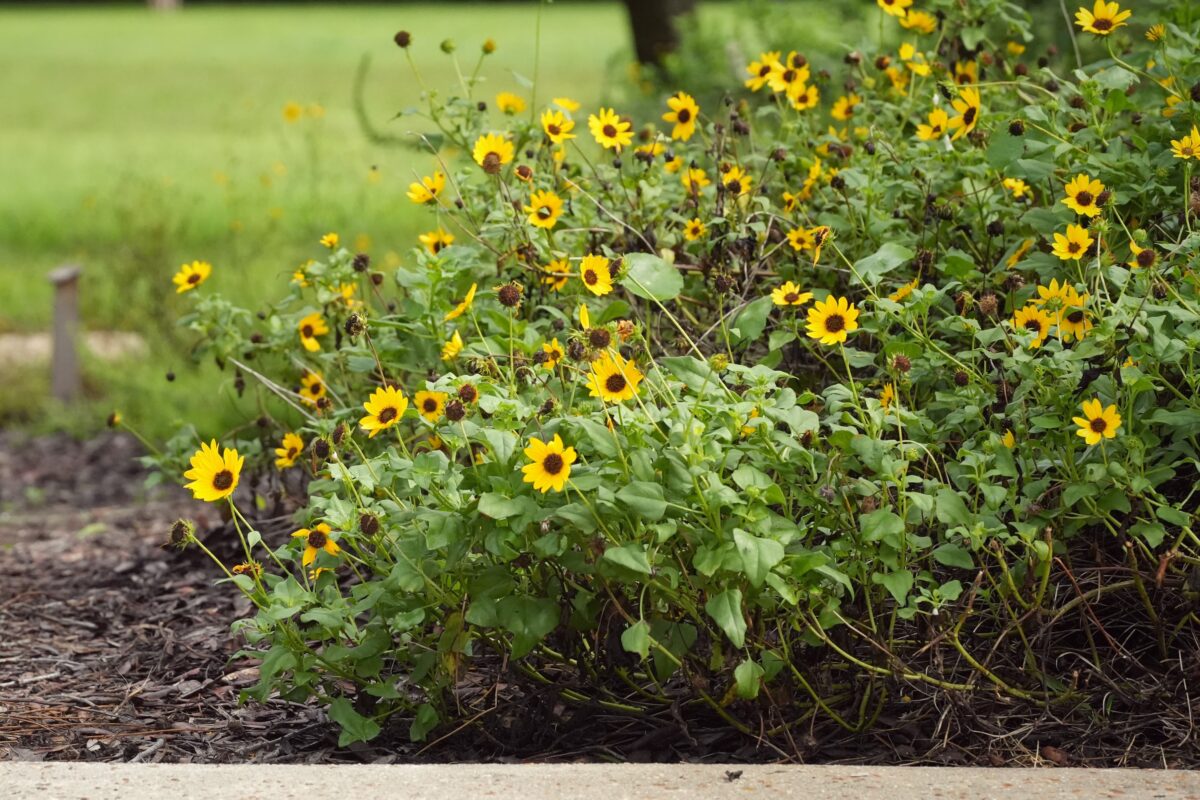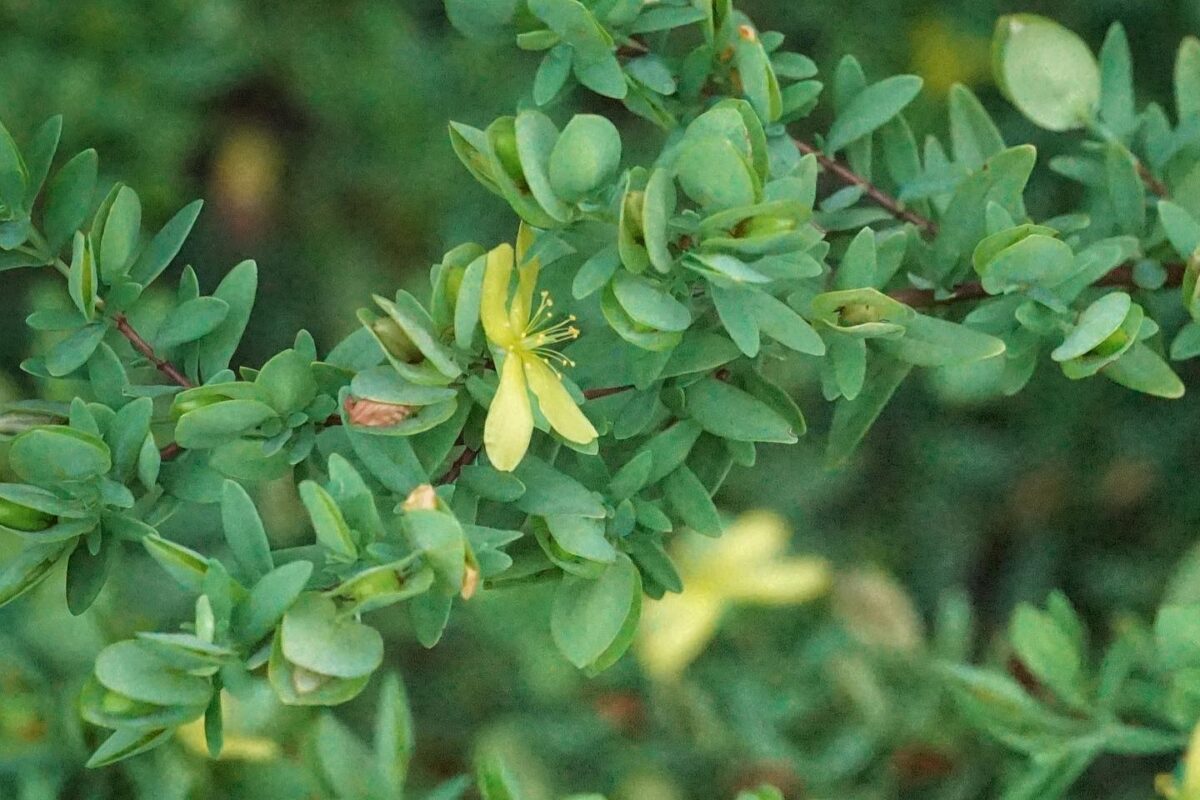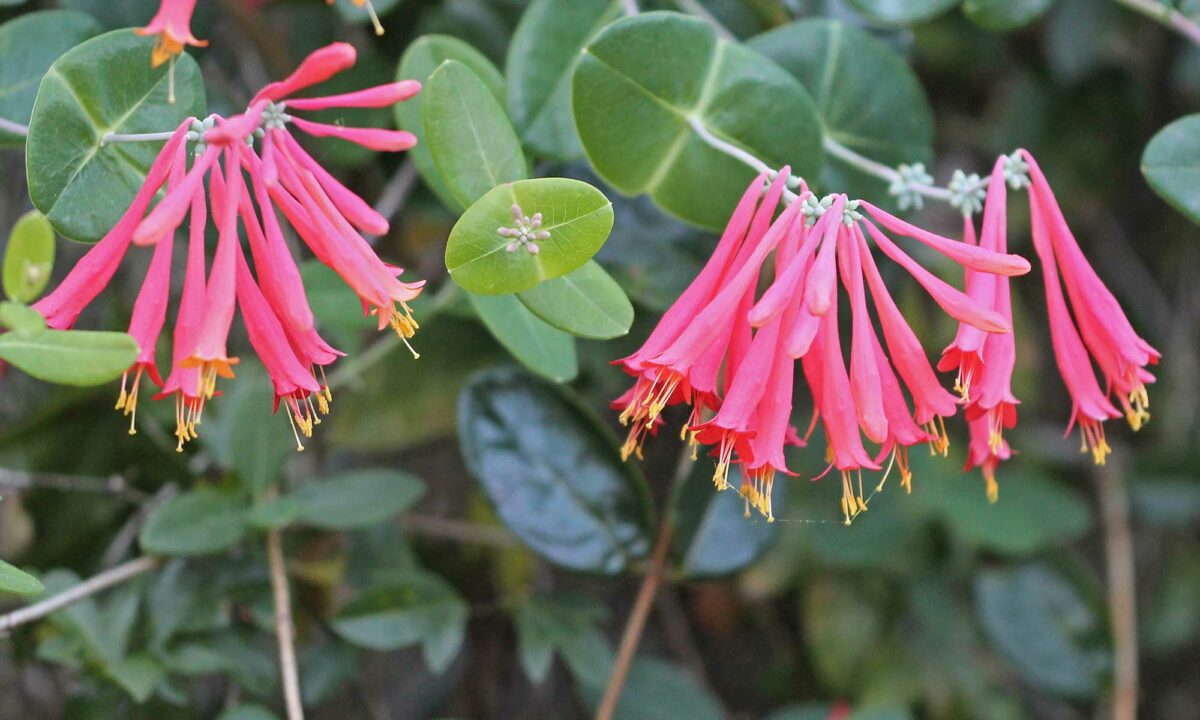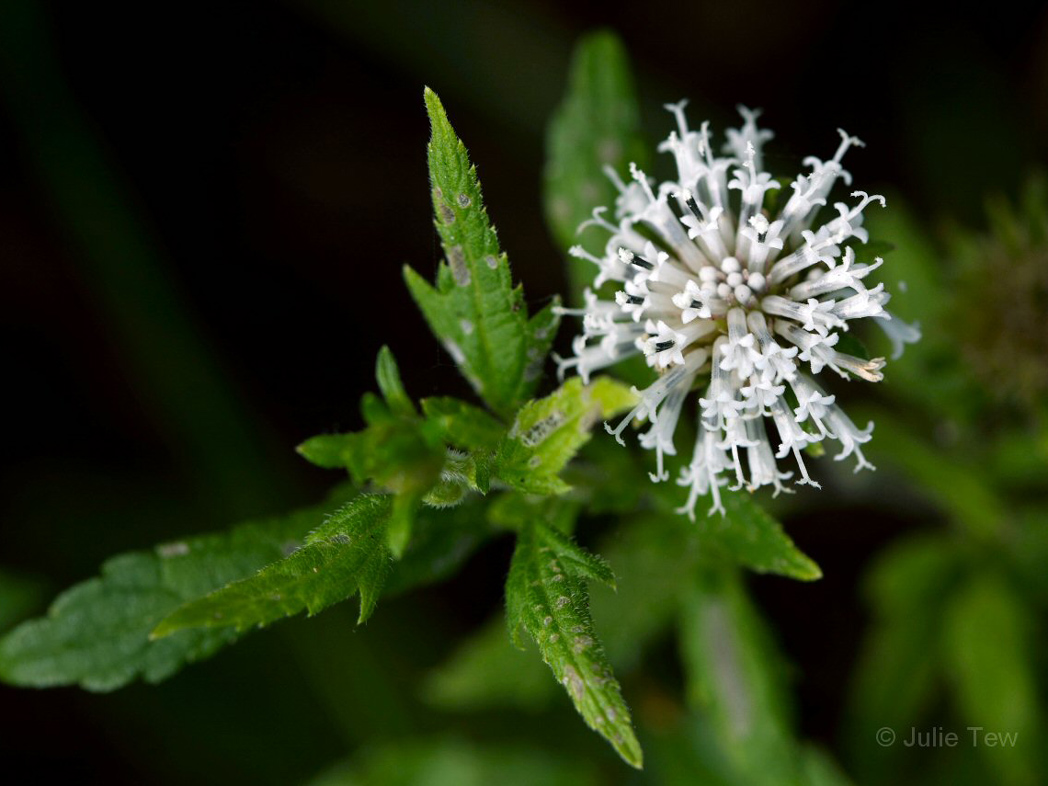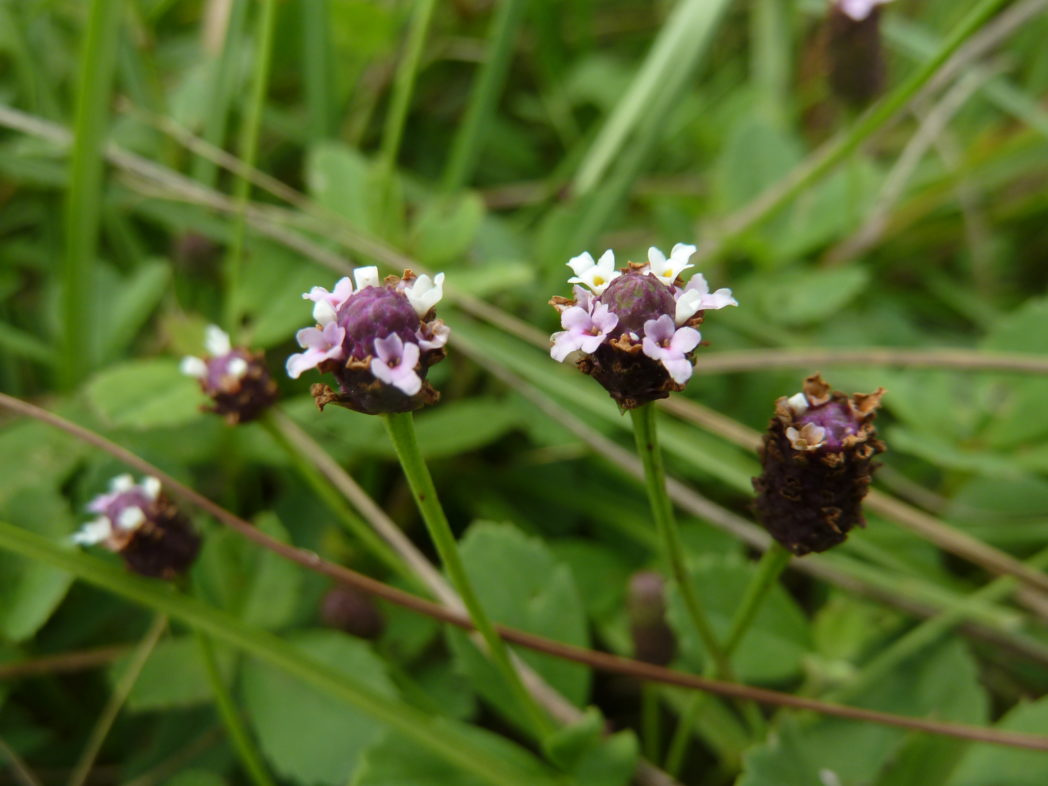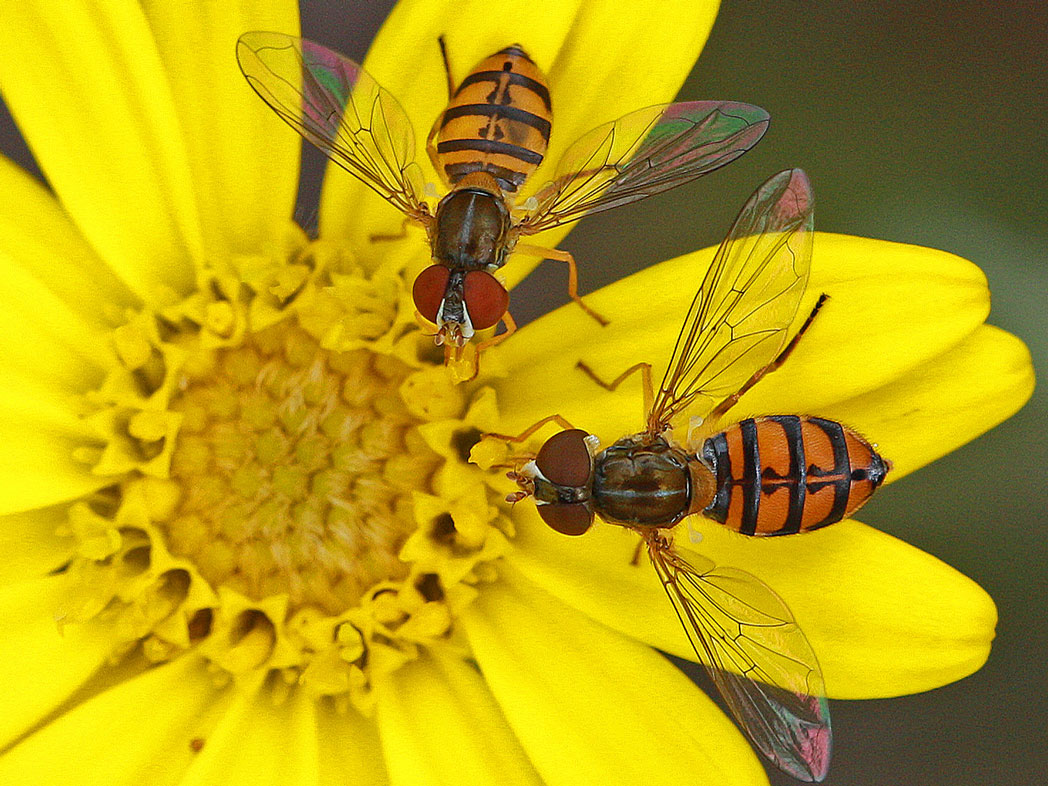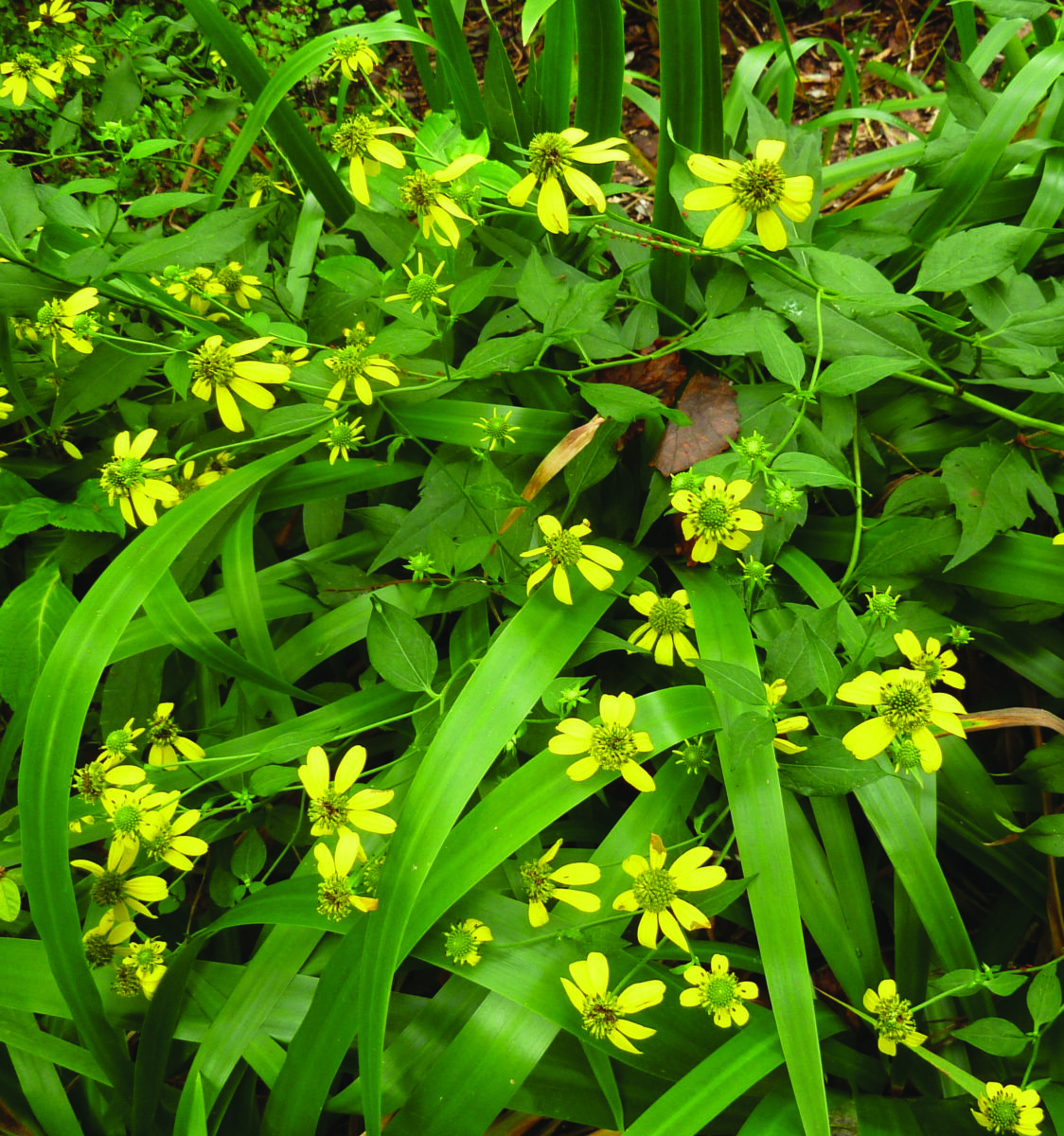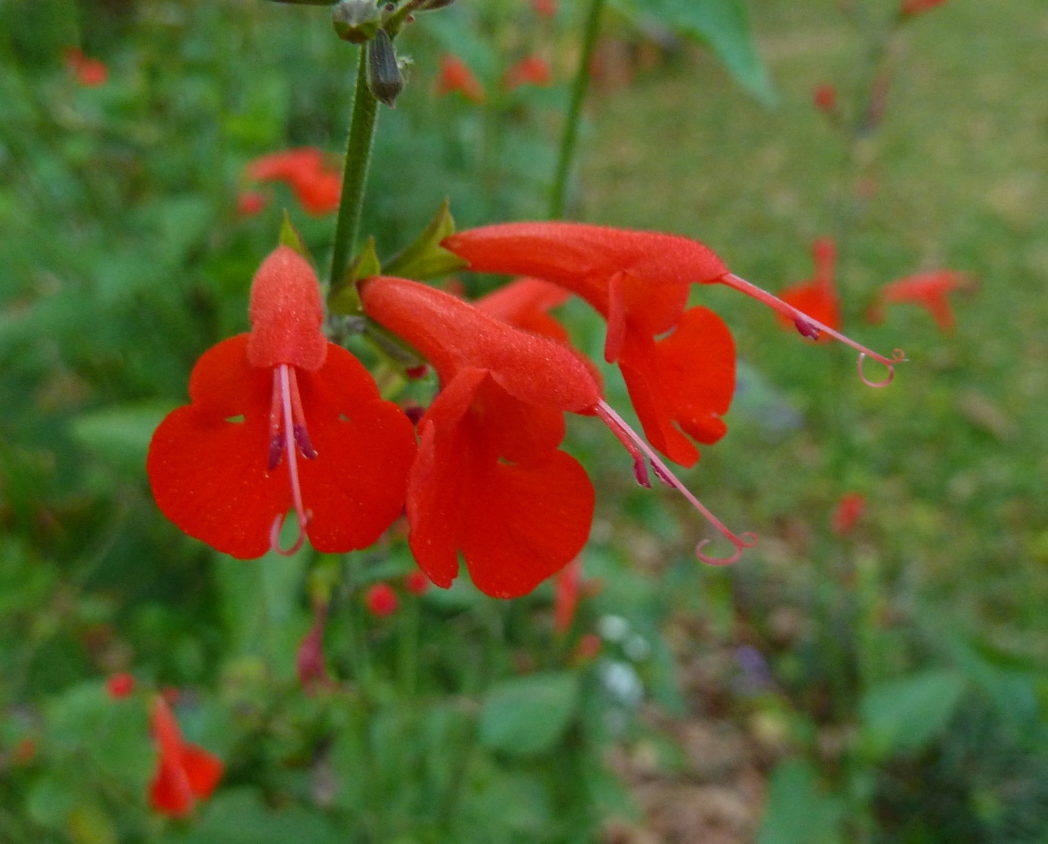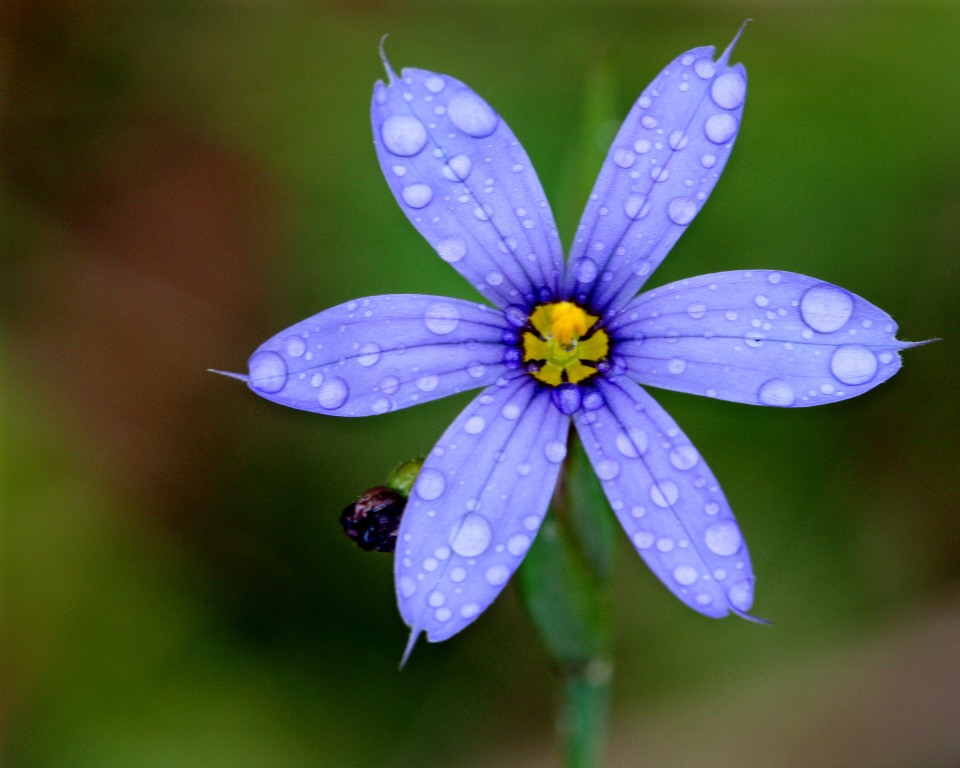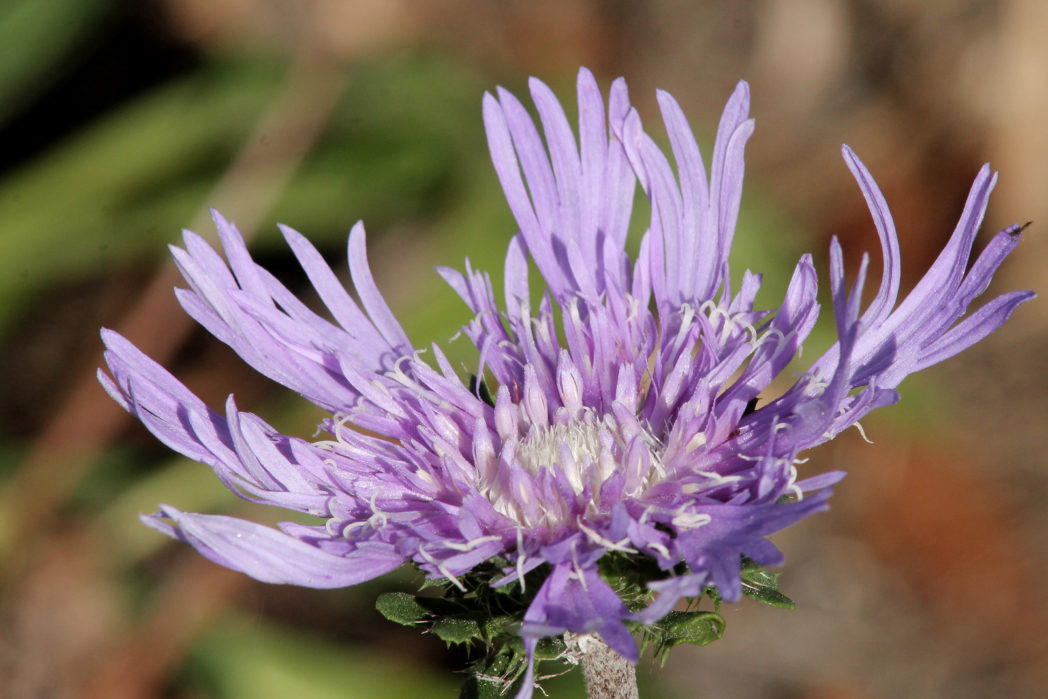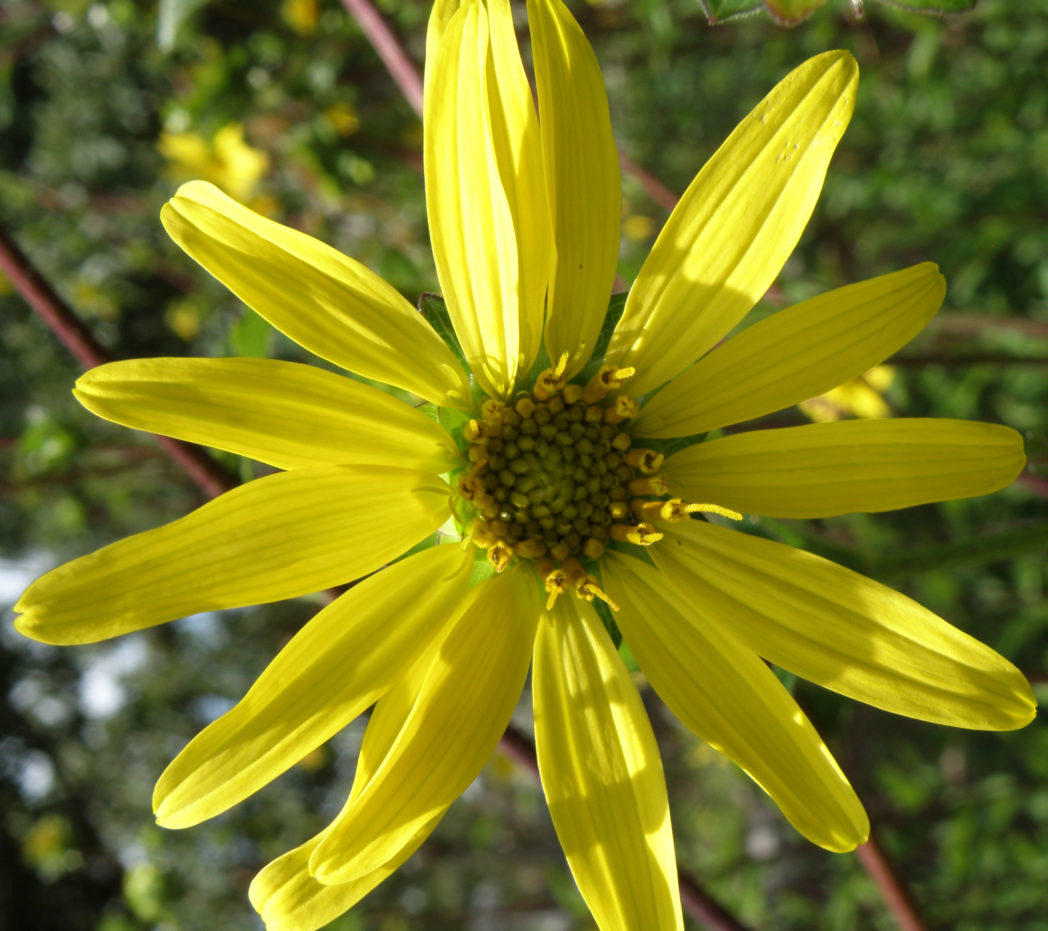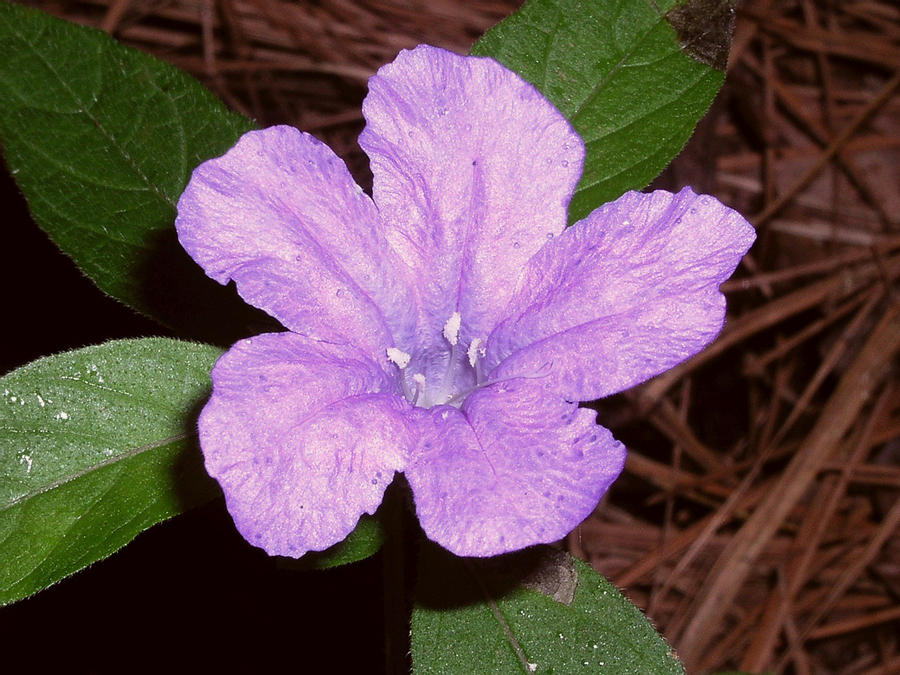Bay County Public Library Native Plant Garden
Bay County Public Library in Panama City was selected to establish a Seeds of Knowledge Library Demonstration Garden in spring 2025. The garden, located at the library entrance, serves nearly 150,000 visitors each year as a resource for environmental education and post-Hurricane Michael landscape restoration. Planting was completed by Sandhills Native Nursery. Ongoing care is provided by volunteers from the Sweetbay Chapter of the Florida Native Plant Society, the UF/IFAS Bay County Extension, and Florida Master Gardener Volunteers.
DID YOU KNOW? Florida native plants are adapted to thrive in our climate, conditions and soil. They need less water than other plants, and require no fertilizers, pesticides or other chemicals. This saves precious water resources and keeps excess nutrients from polluting lakes, rivers and streams.
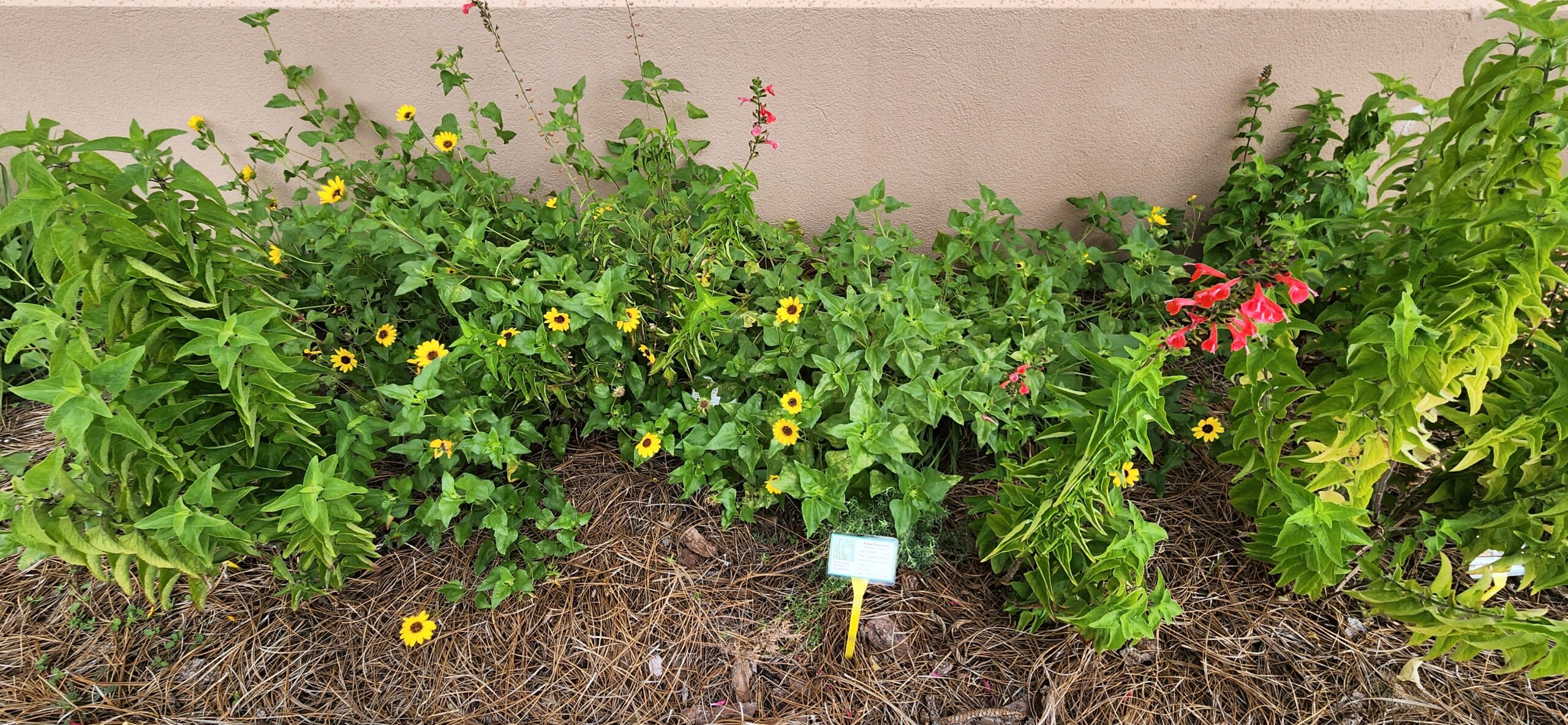
The garden was made possible by a grant from the Florida Wildflower Foundation.
The following native species were planted:
False rosemary
Lanceleaf tickseed
Purple lovegrass
Button rattlesnakemaster
Dune sunflower
St. Andrew’s cross
Coral honeysuckle
Snow squarestem
Frogfruit
Narrowleaf silkgrass
Cutleaf coneflower
Tropical sage
Blue-eyed grass
Stokes’ aster
Starry rosinweed
Wild petunia
POLLINATORS NEED YOUR HELP!
Help Florida’s wildlife and environment by using native wildflowers and plants in your landscape. Click here to learn more information on planting, selecting and maintaining native plants, or check out these resources:
- 20 Easy-to-Grow Wildflowers
- Guide for Choosing Native Plants
- Attracting Birds with Florida Native Wildflowers
- Attracting Bees and Other Beneficial Insects with Florida Native Wildflowers
- Attracting Butterflies with Florida Native Wildflowers
- Great Wildflowers for Dry Landscapes
- Great Wildflowers for Shade
- Aquatic Wildflowers for Pollinators
- Create a Pollinator Pot
